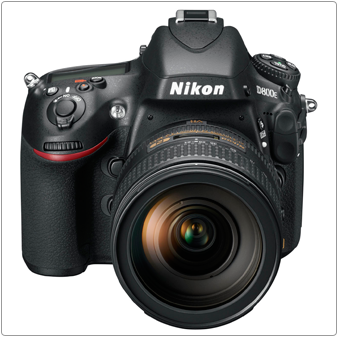Whereas Nikon’s recently announced D4 camera is very firmly meant to be a very high performance camera, especially suitable for sports and action photography, the also recently announced D800 models have a very different type of photographer in mind – the studio shooter.
Quite often studio shooting requires close attention to detail, getting everything in exactly the right place, no hairs out of place, nothing visible where it’s not wanted … and a very high level of resolution to permit the capture of all of those fine details, as well as to permit very high degrees of enlargement. This is where the D800 comes into the game.

With its 4 frames per second shooting speed, some might lament that this is slow. In a studio setting, I might argue that it’s actually very fast; you rarely need fast speeds within the studio environment. But the 36 megapixel sensor answers the question of high resolution images, and is now starting to bring the old 35mm format into an area where it may now begin to challenge the capabilities that medium format cameras bring to the game.
And while the D800 offers this high level of resolution, there’s also a D800E model, where the Anti-Aliasing filter has been removed from the camera. The AA filter normally sits just above the sensor, and its task is to remove some unwanted optical artifacts that might otherwise spoil your image. By removing this filter, you can get a small extra measure of detail recorded in the sensor, at the possible expense that the camera might now be subject to capturing those artifacts.
While I was recently able to have a brief hands-on session with a D800E, I wasn’t permitted to use my own memory card, and thus I couldn’t record any images for later review.
The camera feels light and solid, and all of the controls feel as though they’re where they need to be. What surprised me was just how smooth and quiet this camera was. It seemed a lot less noisy than the D4, and struck me as perhaps being the quietest DSLR I’d ever used.
Chimping the images that I’d shot, the rear screen seemed very big and useful, with excellent viewing options. Resolution seemed to be excellent, but chimping is never the best way to review your images – that will need to wait until I get a body for a longer term review and evaluation.
See also Nikon D4 first impressions
